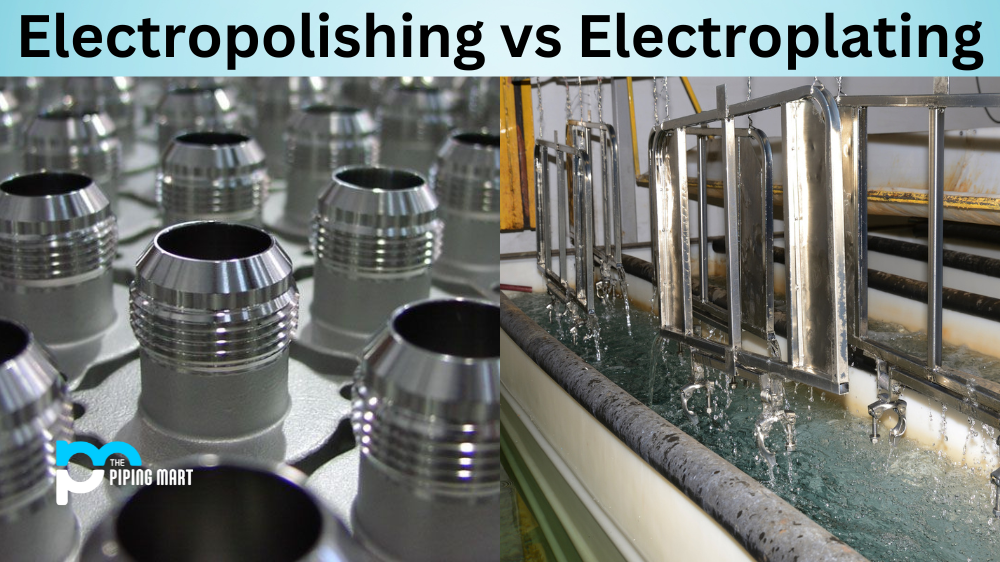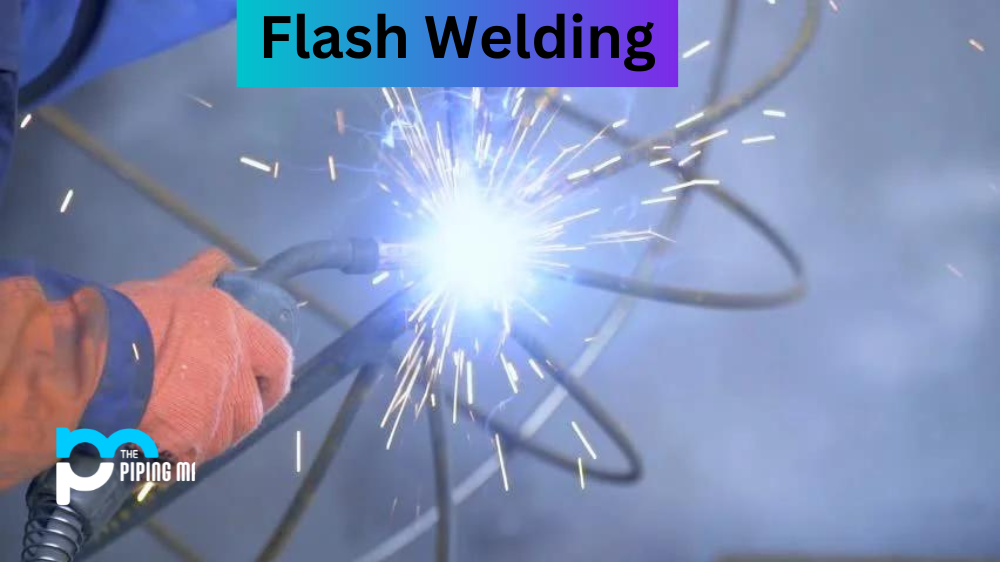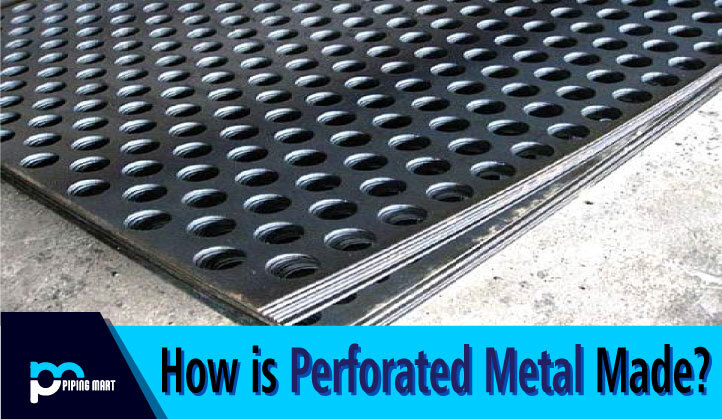Metal finishing is a crucial aspect of modern manufacturing, as it enhances various metal products’ durability, aesthetic appeal, and performance. Common metal finishing techniques include polishing, plating, painting, anodizing, and galvanizing. However, two of the most popular methods are electropolishing and electroplating. Both techniques involve using electric current to modify the surface of a metal piece, but they have different processes, benefits, and limitations. In this blog post, we will explore the key differences between electropolishing and electroplating and help you to decide which method is better suited for your specific metal finishing needs.
Electropolishing and electroplating are electrochemical processes, meaning they rely on the electrochemical reactions between a metal surface and an electrically charged solution or an anode. However, the main difference between the two techniques is the process’s purpose and result. Electropolishing aims to remove surface material from a metal piece, while electroplating aims to add a layer of material to a metal piece.
What is Electropolishing?
Electropolishing is a process that involves immersing a metal piece into an electrolytic bath and applying a direct electrical current to the solution. The current dissolves the metal’s surface layer, removing imperfections, burrs, stains, or roughness. This process results in a smooth, reflective, ultraclean surface finish highly resistant to corrosion, galling, and pitting. Electropolishing is ideal for stainless steel, aluminium, titanium, and other metals that require high purity, hygiene, and aesthetic appearance.
What is Electroplating?
In contrast, electroplating is a process that involves creating a thin layer of metal over a base metal or substrate. The process begins by placing the base metal in a solution containing ions of the desired metal to be deposited. Then, a direct current is applied between the base metal (cathode) and an anode of the metal to be deposited. As a result of the electrochemical reaction, metal ions from the anode are deposited onto the surface of the base metal, layer by layer until the desired thickness and quality are achieved. Electroplating is ideal for adding a layer of decorative, wear-resistant, or corrosion-resistant metal to a substrate, such as gold, silver, nickel, brass, or chrome.
Difference Between Electropolishing and Electroplating
Advantages
One advantage of electropolishing over electroplating is that it can improve the material properties of a metal piece without altering its dimensions or overall shape. This is because electropolishing selectively removes the surface layer of the metal, making it thinner and smoother while preserving the rest of the metal piece. In contrast, electroplating adds a layer of metal to the surface, increasing the thickness and altering the shape of the metal piece. Electroplating can create a porous or non-uniform coating that may require additional finishing steps to achieve a consistent, high-quality surface.
Another advantage of electropolishing over electroplating is that it can clean and passivate the metal surface, which is crucial for some applications, such as medical devices, food processing equipment, or semiconductor components. Electropolishing can remove any organic or inorganic contaminants, microorganisms, or surface oxides that may compromise the performance or safety of the metal piece. Electropolishing can also modify the surface roughness, contact angle, and electrochemical potential of the metal piece, improving its biocompatibility, wettability, and electrical conductivity.
- Electropolishing is a process that removes metal from the surface of a workpiece to create a smooth, shiny finish.
- Electroplating, on the other hand, is a process that deposits metal onto the surface of a workpiece to protect it from corrosion or to give it a desired finish.
- Electropolishing is typically used on stainless steel, aluminium, and titanium, while electroplating can be used on any metal.
- Electropolishing is more expensive than electroplating, but it produces a higher-quality finish.
- Electropolishing is also more environmentally friendly than electroplating, as it does not involve harmful chemicals.
Conclusion
Electropolishing and electroplating are popular metal finishing techniques with different applications, processes, and benefits. Electropolishing is ideal for removing surface imperfections, enhancing the surface finish, and improving the material properties of a metal piece without altering its dimensions or overall shape. Electropolishing is also effective in cleaning, passivating, and modifying the surface characteristics of metal pieces for various applications, such as medical, food, or electronics. Conversely, electroplating is ideal for adding a decorative, wear-resistant, or corrosion-resistant metal layer to a substrate, such as jewellery, automotive parts, or electronic components. Choosing between electropolishing and electroplating depends on your specific metal finishing needs, budget, and quality requirements.

Hey, I’m Krutik, a casual blogger expert in the metal industry. I am passionate about providing valuable information to my readers. With a background in engineering and construction, I like playing Cricket & watching Netflix shows in my free time. Thank you for visiting my blog, and I hope you find my information helpful!




